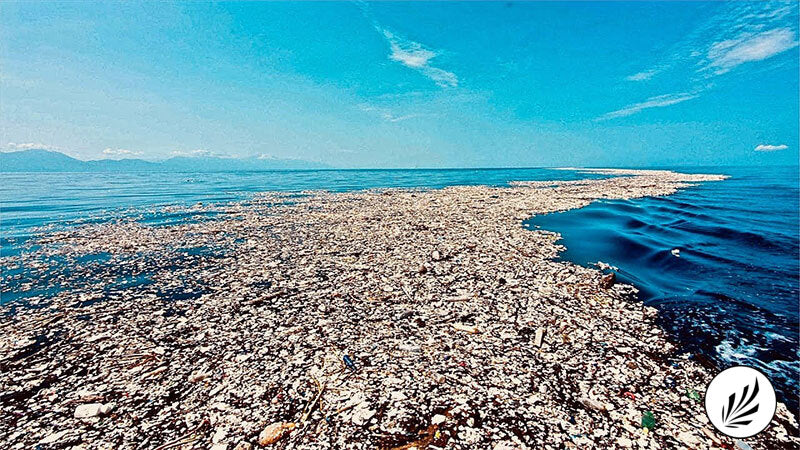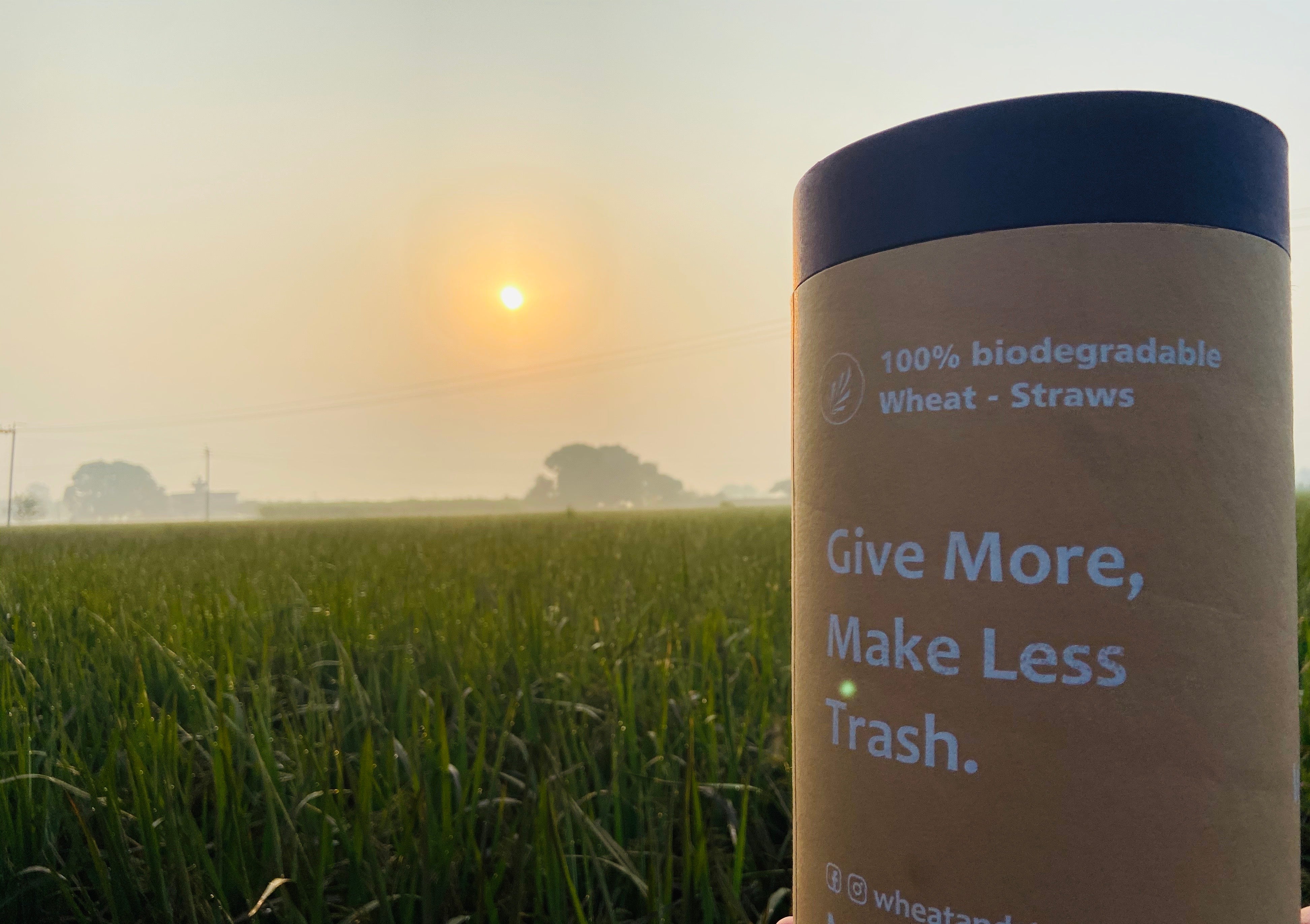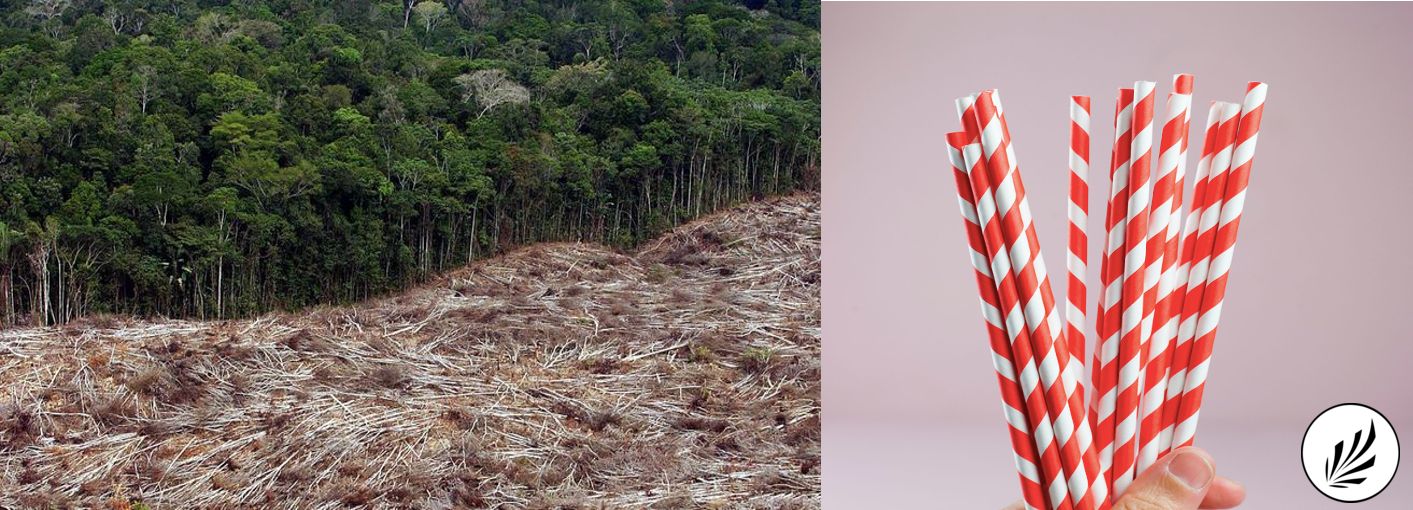
Single-Use Plastic Ban
PLASTIC POLLUTION SOURCE
It is way more efficient to take the bull by the horns than trying to tackle the effects afterwards. This principle means that environmental issues need to get tackled at the source. Think of cleaning up our oceans: we could go on doing that forever if we don’t tackle the source of plastic pollution and stop using the extreme amount of plastic single-used items, as we are doing now. Because this principle can be applied for each type of waste, we can find out which items are most commonly found as litter and make policies for them, such as the "single-use plastic ban".
Single-Use Plastics and Pollution
Even though single-use plastic pollution is visible on our streets, in fact our oceans suffers even more. Most of the plastic we throw away on the mainland eventually ends up in our oceans, as it gets washed away by rain or travel via storm drains into rivers and oceans. Our waterway plastic pollution is particularly concentrated: Just ten rivers carry a shocking 93% of the world’s total amount of plastic that enters the oceans via rivers annually.
In 2015 researchers from the University of Georgia estimated that between 4.8 million and 12.7 million metric tons of plastic per year find their way into the oceans via people living within 30 miles of a coast. The vast majority of this pollution, dominated by single-use plastic waste, comes from countries lacking infrastructure to properly process their waste, particularly in Asian countries. India, for example, generates 25,940 tons of plastic waste EVERY DAY, but they collect only 60% of it.
SINGLE-USE PLASTIC BAN
In a new directive regarding single-use plastics, the European Union prohibits member states from selling certain plastic single-used items from 2021 onwards. This single-use plastic ban concerns products that are most frequently found in nature and for which alternatives are offered on the market. For example plastic cutlery that is thrown away after being used just once. Dutch supermarket chain PLUS circumvents this source policy. The supermarket advertises that their plastic cutlery can be washed at least 100 times and is, therefore, an environmentally friendly product. Many companies are trying to come up with gimmicks to be able to continue selling environmentally harmful products and thus avoid the single-use plastic ban.
From Plastic to Wheat: How Can ECO Wheat - Straws help?
This, inevitably, brings us to our specialty: wheat drinking straws.
If your company operates in the hospitality industry, you have probably already seen this change in consumer behavior. You may also be dealing with the realities of a plastic straw ban as a result of consumer boycotts and political lobbying. Younger consumers now expect businesses to take their matters in their own hands to reduce plastic waste and protect our environment.
This means making the switch to wheat straws a simple, yet very effective way to offer your guests a completely natural alternative, made from agricultural waste, without giving in on quality.
Towards a plastic-free planet within one generation.



Leave a comment
This site is protected by hCaptcha and the hCaptcha Privacy Policy and Terms of Service apply.